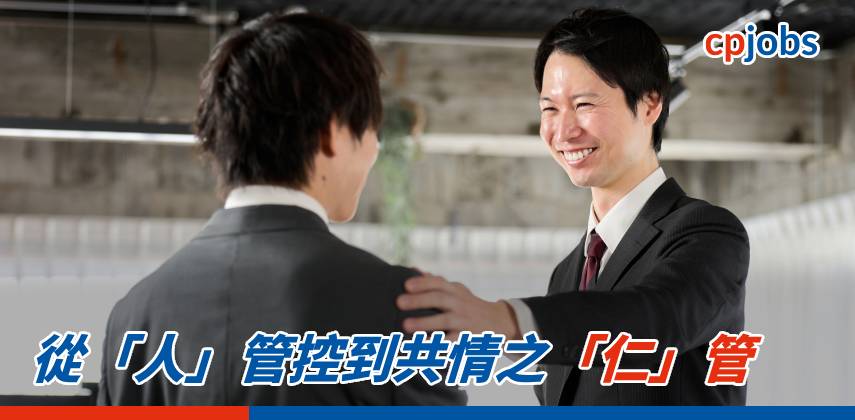Here we go. That all-important overseas client who’s visiting your organisation is about to arrive, and it’s your job to ensure that everything goes smoothly. No pressure, right?
For many of us, regardless of whether we’re in the working world or not, the very idea of making small talk and networking can send shivers down our spine. But, what is it we are really afraid of? Is it the sheer awkwardness of the situation, or perhaps our ultimate fear that when that significant visitor arrives, we’re going to fall apart and not be able to utter a single word? This fear becomes especially apparent when we need to do this in our second language and, in this case, English.
But, fear not. There are some easy tricks of the conversation trade that we can apply, including some key skills and memorable phrases we can lift and use in any situation that involves engaging in small talk.
First of all, before any conversation with a stranger begins, we need to adopt appropriate and approachable body language. When greeting your client, ensure you make casual eye contact and smile, while maintaining an open stance. Our confident non-verbal communication creates an all-important first impression and is a key trait of a good networker.
Now that you’ve made a great start, initiate conversation with an appropriate greeting. Remember that it’s important to strike a balance between an overly formal tone (e.g. ‘It is an absolute pleasure to meet you.’) and an inappropriately informal style (e.g. ‘Hey, how’s it going?’) – the phrases below indicate an appropriate semi-formal conversational approach.
- Let me / Allow me to introduce myself, I’m…
- It’s good to finally meet you. I’m…
- I don’t believe we’ve met yet. My name is… (useful for unplanned meetings)
Once you’ve led with your greeting, begin by asking your visitor an open-ended question to show your initiative, your confidence and to allow you to control and guide the conversation. Try to begin with more general questions, such as the below:
- How are you finding the weather / the conference / Hong Kong so far?
- How was your flight?
- Have you been travelling a lot recently?
After asking a conversation opener, ensure that you are actually listening to the content of what your client is saying – if you are daydreaming or consistently replying with a bland ‘really?’, your visitor will be quick to notice. Look for elements of the conversation in which you can comment and expand on.
- Oh, I see. So, this isn’t your first time to Hong Kong?
- Oh, that’s interesting. Have you flown with this airline before?
- Right, you must be feeling jet-lagged.
In part 2 next week, we’ll explore a common formula to keep your conversation going, some further topics of interest to discuss, and how to successfully close a conversation.





